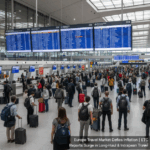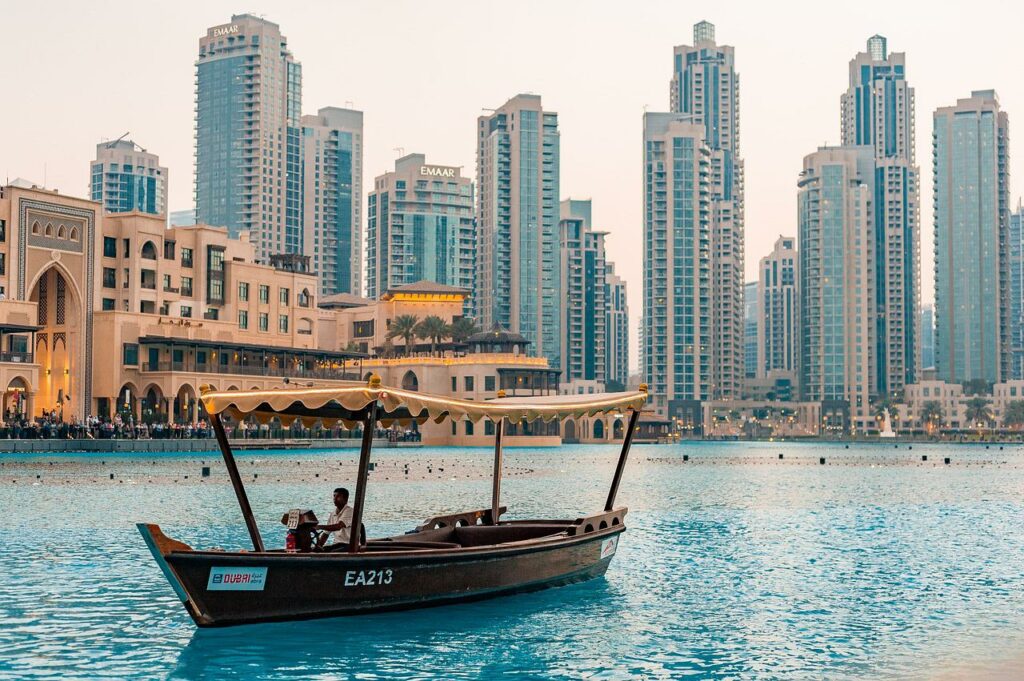According to initial STR statistics, the Abu Dhabi and Dubai hotel industry experienced higher occupancy and average daily rate (ADR) than the 2019 Eid al-Fitr comparable. When looking at the Eid date in the United Arab Emirates (2 May 2022), Abu Dhabi’s hotel occupancy reached 79.1 percent, which was 4.5 percent higher than the 4 June 2019 date. Similarly, Dubai had 75.4 percent occupancy, which was 19.7 percent higher than the pre-pandemic comparative.
“This high performance is yet another sign of recovery and demand momentum for the Middle East. Dubai, for example, saw rates over AED700, which was up from AED400 in 2019. Leisure-oriented areas in the UAE such as Ajman, Fujairah, and Ras Al-Khaimah also experienced tremendous growth, with Ras Al-Khaimah posting room rates above AED1000 on 2 May,” said Philip Wooller, STR’s senior director, Middle East & Africa.
Hotels in Ajman and Fujairah outperformed in 2019, whereas Ras Al-Khaimah witnessed somewhat lower occupancy levels than in 2019. Despite the fall, Ras Al-Khaimah had the maximum ADR level (AED1022.20) among the aforementioned markets on 2 May, which was 47.7 percent higher than the pre-pandemic comparative.













More Stories
US Joins China, France & Germany Iconic Literary Tourism Routes for Book Lovers’ Dream Journeys
AI Travel Apps & Gadgets Revolutionize 2025 Journeys: Smarter Planning, Safer Adventures
Hampton by Hilton Opens First Hotel in Cusco, Peru with $20 Million Investment, Boosting Tourism Growth and Expanding Latin American Footprint